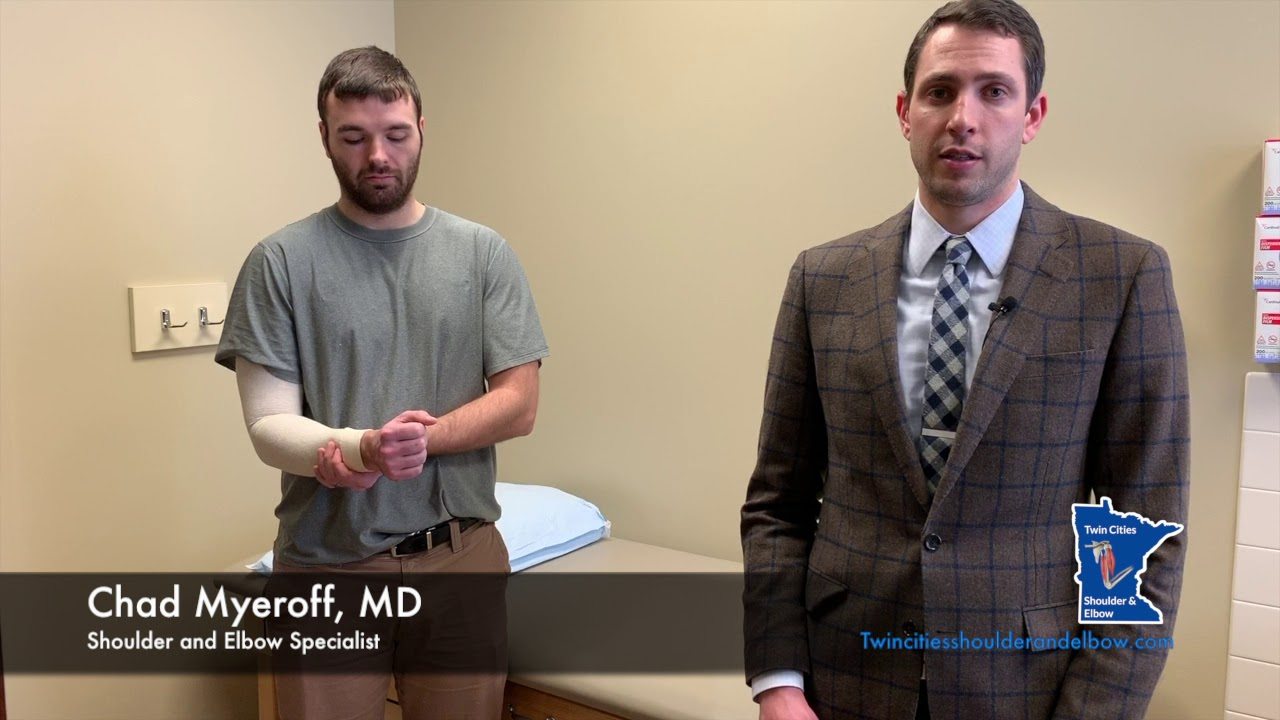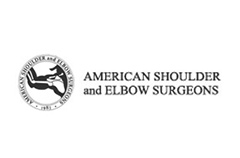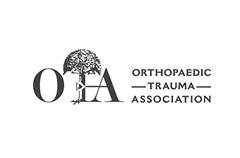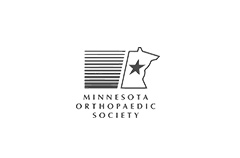Forearm Fractures
- Diagnosis
- Non-operative Options
- Operative Options
- Before Your Surgery
- After Your Surgery
- Your Rehab
What are Forearm Fractures?
The forearm is made up of 2 bones, namely, the radius and ulna. The primary function of your forearm is rotation i.e., the ability to turn your palm up and down. The fracture of the forearm affects the ability to rotate your arm, as well as bend and straighten the wrist and elbow. The breaking of the radius or ulna in the middle of the bone requires a strong force and it is most commonly seen in adults. In most of the cases, both bones are broken during a forearm fracture.
Causes of Forearm Fractures
The forearm bones can break in several ways. The bones can crack slightly or can break into many pieces. Forearm fractures are generally due to automobile accidents; direct blow on the forearm or fall on an outstretched arm during sports, climbing stairs, etc.
Symptoms of Forearm Fractures
The symptoms of a forearm fracture include intense pain in the arm, bruises and swelling. Your fractured forearm may appear bent and shorter compared to your other arm. You may experience numbness or weakness in the fingers and wrist. You may be unable to rotate your arm. Sometimes, a broken bone sticks out through the skin or the wound penetrates down to the broken bone.
Diagnosis of Forearm Fractures
Your doctor may conduct a physical examination and record your medical history initially. Your doctor may feel your arm thoroughly to determine tenderness. You may be asked to get an X-ray done to determine displaced or broken bones.
Usually people with forearm fractures are immediately rushed to the emergency room for treatment. Treatment of forearm fractures aims at putting back the broken bones into position and preventing them from moving out of place until they are completely healed.
In case only one bone is broken and is not out of place, your doctor might treat it with a cast or brace and provide a sling to keep your arm in position. Your doctor will closely monitor the healing of the fracture. If the fracture shifts in position, you may be advised to undergo surgery to fix the bones back together.
When both forearm bones are broken, surgery is usually required. During surgery, the cuts from the injury will be cleaned and the bone fragments are repositioned into their normal alignment. They are held together with screws and metal plates attached to the outer surface of the bone. The incision is sutured firmly and a sling is provided to facilitate healing.

Once you and your doctor decide that surgery will help you, you will need to learn what to expect from the surgery and how to actively participate in the treatment plan for the best results afterward.
Preparing mentally and physically for surgery is an important step toward a successful result. Understanding the process, and your role in it, will help you recover more quickly and have fewer problems.
Before surgery, your doctor will perform a complete physical examination to make sure you don’t have any conditions that could interfere with the surgery or the outcomes.
- Routine tests, such as blood tests and X-rays may be performed.
- Discuss any medications you are taking with your doctor as you may have to stop or alter your intake before surgery. If you are taking aspirin or anti-inflammatory medications or any drugs that increase the risk of bleeding, you will need to stop taking them one week before surgery to minimize bleeding.
- Discuss with your doctor about preparing for potential blood replacement, medical interventions and other treatments prior to surgery.
- Report any infections to your surgeon. Surgery cannot be performed until all infections have cleared up.
- If you smoke, you should stop or cut down as smoking interferes with wound healing and can affect your recovery.
- Have someone available to take you home, as driving is not recommended for at least 24 hours or as advised.
- You may need help with everyday tasks such as cooking, shopping and laundry.
- Put items that you use often within easy reach, so you won’t have to stretch and bend as often.
- After Surgery Video
- Elbow Surgery Recovery Video
- Elbow Elevation Technique Video
Want to know more?
- Physical Therapy Intro Video
- Finger ROM Video
- Standard Elbow ROM Video





















